Learning objective
- To learn how to sew cross-stitch and appliqué.
Success criteria
- I can use
This content is for subscribers only. Join for access today.
National curriculum
Design and technology
Make
This content is for subscribers only. Join for access today.
Cross-curricular links
None.
This content is for subscribers only. Join for access today.
Before the lesson
This content is for subscribers only. Join for access today.
Lesson plan
Recap and recall
Before starting this unit, check that the children can: Cut the fabric using fabric scissors. Thread needles. Tie a knot in the thread after sewing the final stitch.
This content is for subscribers only. Join for access today.
Extended-mode explainer videos
How to extend your display to view the lesson page and preseantion mode simultaneously. Choose your operating system below to watch the video
If you need further support with extending your display,
please contact [email protected].
Extended-mode explainer video: For Mac
Extended-mode explainer video: For Windows
Adaptive teaching
Pupils needing extra support
Should use a needle threader; could need support knotting the thread; could secure fabric pieces for appliqué using safety pins or sewing clips; should start with simple shapes (e.g. a triangle) when sewing appliqué.
Pupils working at greater depth
Should ensure that their stitches support the shape of the appliqué; should try reverse appliqué (putting the patch on the underside and then sewing the edges as normal before cutting the top fabric out inside the stitches to reveal the patch below).
This content is for subscribers only. Join for access today.
Assessing progress and understanding
Pupils with secure understanding indicated by: using a cross-stitch to
This content is for subscribers only. Join for access today.
Vocabulary definitions
-
appliqué
A type of textile art where small pieces of cloth are sewn or glued onto a larger piece to make a design.
-
cross-stitch
A two-stitch style of sewing that forms a cross pattern.
This content is for subscribers only. Join for access today.
Example work
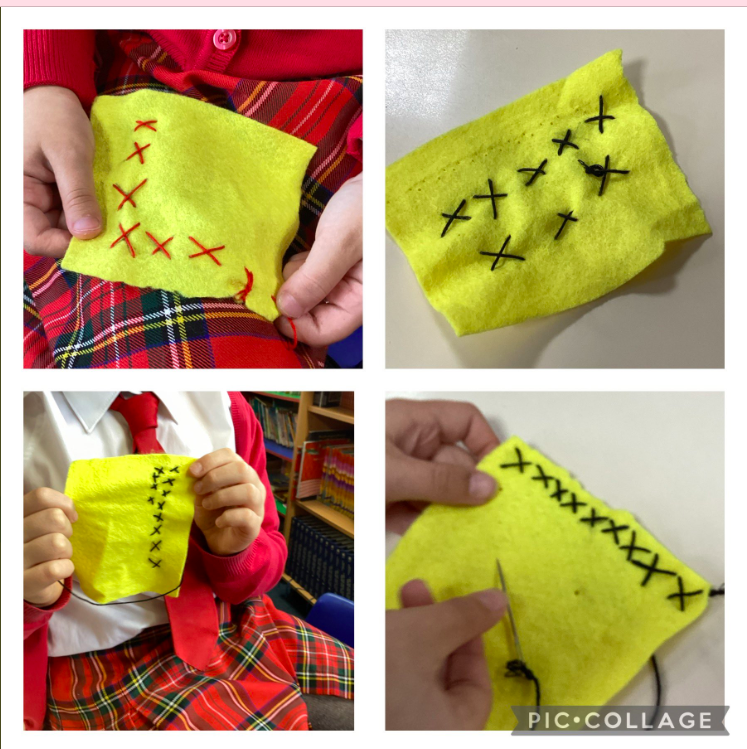
St Gerard's Catholic Primary School, Birmingham
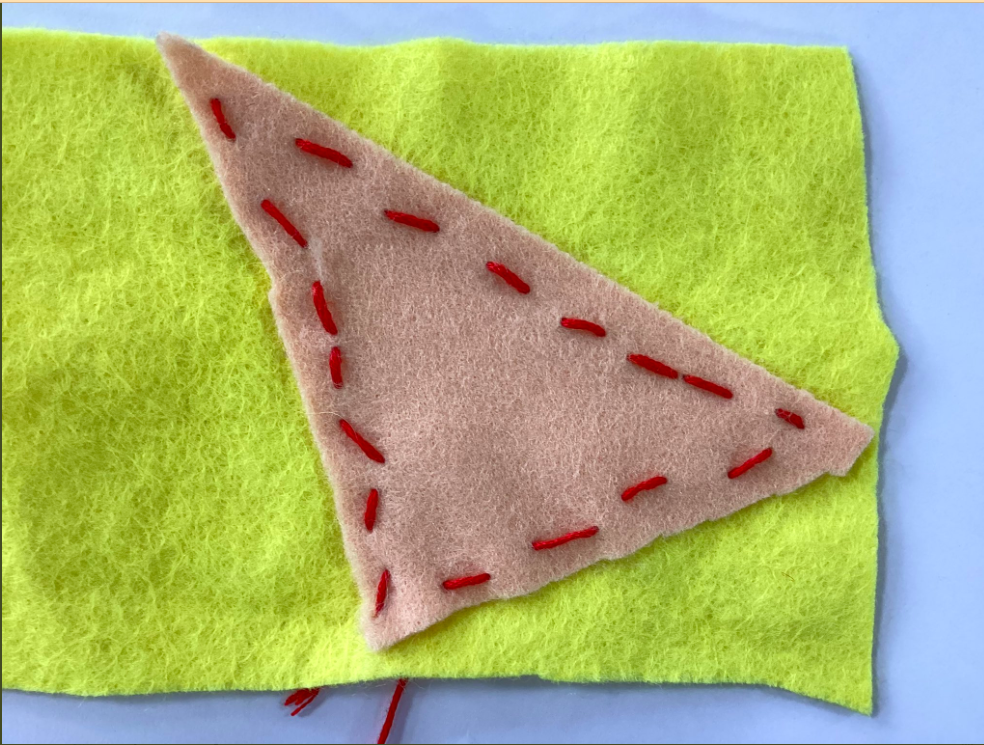
St Gerard's Catholic Primary School, Birmingham
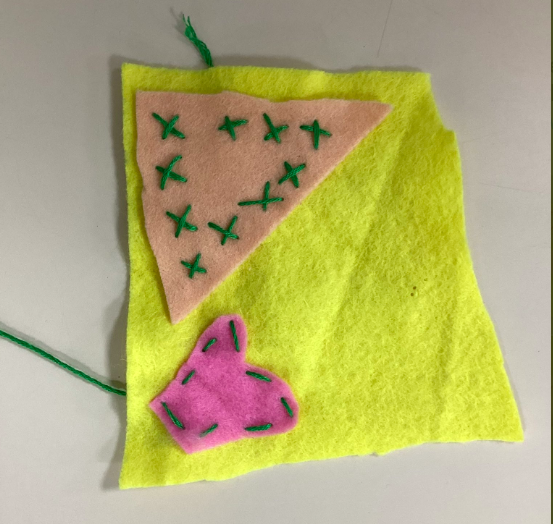
St Gerard's Catholic Primary School, Birmingham
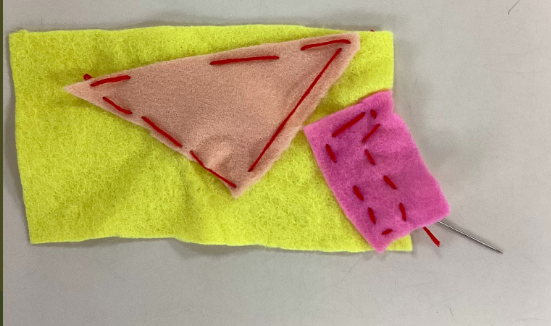
St Gerard's Catholic Primary School, Birmingham
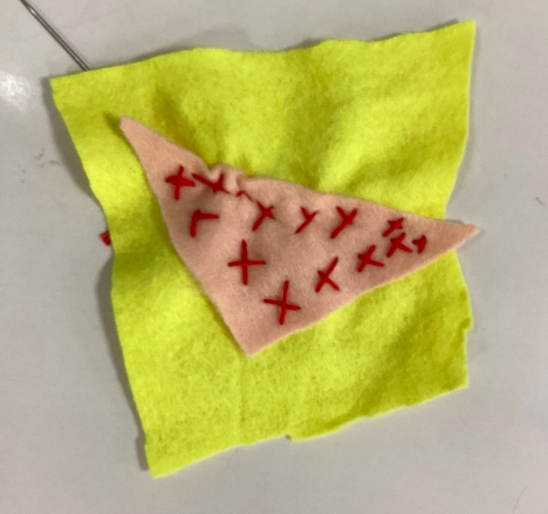
St Gerard's Catholic Primary School, Birmingham
This content is for subscribers only. Join for access today.
In this unit
Assessment - D&T Y3: Egyptian collars
Lesson 1: Cross-stitch and appliqué
Lesson 2: Egyptian collars
Lesson 3: Developing the collars
Lesson 4: Finishing their collars

